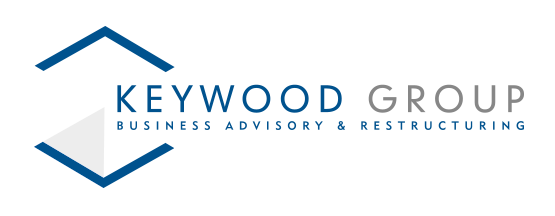Insolvency Options for Businesses Unable to Repay a Bounce Back Loan
The Bounce Back Loan Scheme (BBLS), introduced in the United Kingdom in response to the economic challenges posed by the COVID-19 pandemic, provided vital financial support to small and medium-sized businesses. However, for some businesses, the economic recovery has been slower than anticipated, and they may find themselves unable to repay the Bounce Back Loan. In such cases, it’s essential to understand the insolvency options available to business owners.
Informal Negotiations
Before considering formal insolvency procedures, it’s advisable to explore informal negotiation options. Businesses that foresee difficulties in repaying their Bounce Back Loan should communicate openly with their lenders. Lenders may be willing to adjust repayment terms, such as extending the loan period or restructuring the repayment plan to accommodate the business’s financial constraints.
Company Voluntary Arrangement (CVA)
A Company Voluntary Arrangement (CVA) is a formal insolvency procedure that allows a struggling business to reach a formal agreement with its creditors. A CVA can be a viable option for businesses facing Bounce Back Loan repayment issues, as it offers a structured approach to managing debt. Under a CVA, the company creates a proposal outlining how it intends to repay its creditors over a specified period. Creditors then vote on whether to accept the proposal.
Administration
Administration is another formal insolvency procedure that can help businesses facing financial distress. It provides an opportunity to restructure the business and potentially sell it as a going concern. While the primary goal of administration is not specifically for dealing with Bounce Back Loans, it can be an avenue to address the broader financial challenges of the business, including the loan repayment.
Liquidation
If a business is unable to recover from its financial woes and there is no prospect of repayment, liquidation may be the only solution. Liquidation involves selling off the company’s assets to pay its debts. There are two types of liquidation: solvent (members’ voluntary liquidation) and insolvent (creditors’ voluntary liquidation or compulsory liquidation). If the business is insolvent, creditors’ voluntary liquidation may be the appropriate route to address outstanding debts, including the Bounce Back Loan.
Seek Professional Advice from Insolvency Practitioners
Before deciding on any insolvency procedure, it’s crucial to consult with a qualified insolvency practitioner or financial advisor. They can help evaluate the business’s specific financial situation and recommend the most appropriate course of action. Their expertise can guide business owners through the complexities of insolvency and ensure that all legal obligations are met.
How can Keywood Group Licensed Insolvency Practitioners help?
The inability to repay a Bounce Back Loan can be a challenging situation for any business owner. It is essential to address this issue promptly and professionally. Exploring informal negotiation options with the lender or considering formal insolvency procedures, such as a CVA, administration, or liquidation, can provide a path forward. Seeking expert advice is crucial to making an informed decision that aligns with the business’s unique financial circumstances. Ultimately, the goal is to find a solution that mitigates financial stress while complying with legal obligations.
Keywood Group is a firm of Licensed Insolvency Practitioners with offices based in Birmingham and London. Please get in touch for a free consultation by calling us today on 0121 201 0399 or 0208 912 0399











